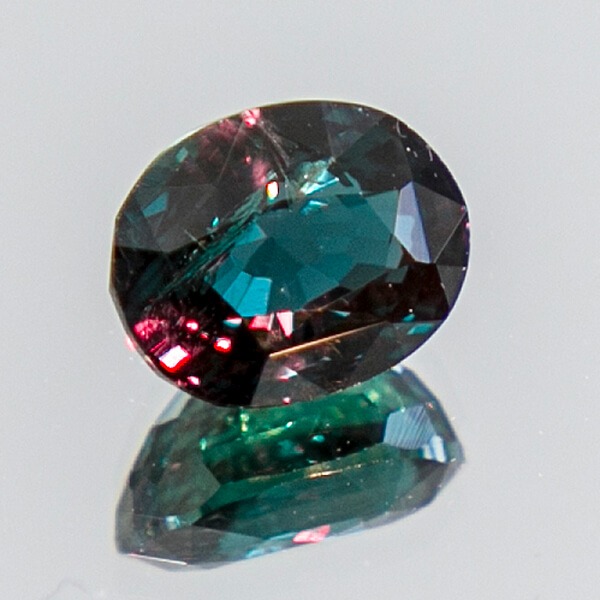A Cutting Edge – Gallery of Jewelry has the largest selection of mountings, diamonds, and colored gemstones in the area. We specialize in the finest natural stones the world has to offer.

June’s birthstone can be one of the rarest and most valuable gemstones. The Alexandrite is a color-change stone that is green in artificial light and raspberry red in incandescent light. It is named after Czar Alexander II. (June has an alternate birthstone, which is the pearl. Natural Alexandrite can be difficult to find in the retail marketplace.)